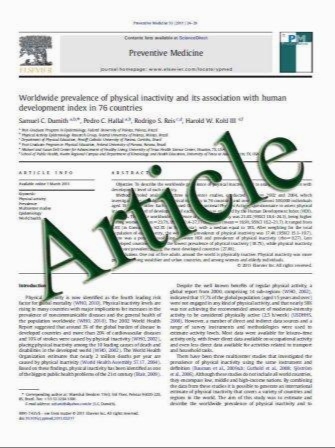Primary intent vaginal hysterectomy: outcomes for common contraindications to vaginal approach hysterectomy
- نوع فایل : کتاب
- زبان : انگلیسی
- مؤلف : Malcolm W. Mackenzie & Jeffrey D. Johnson
- چاپ و سال / کشور: 2010
Description
The objective of this study is, within a broadly inclusive selection strategy for benign vaginal hysterectomy, to determine whether the most commonly invoked “contraindications” to vaginal hysterectomy—fibroid enlargement >14 weeks, prior cesarean, need for oophorectomy— result in increased risk of complications. This study is of retrospective design within a rural community hospital. All vaginal hysterectomies performed by a single practitioner over an 11-year-period (1998–2009) were used as samples in this study. With few exclusions, all candidates for benign hysterectomy underwent vaginal hysterectomy. Comparison was made between vaginal cases without enlargement >14 weeks, prior cesarean, or need for oopherectomy defined as “Standard” and those with contraindications defined as “Non-standard.” Intraoperative complications and morbidity, including conversion to abdominal route, and postoperative morbidity, including return to the OR, transfusions, and length of hospital stay, were the main outcome measures. Of 325 hysterectomies attempted vaginally during the study period, 165 were classified as “Standard” and 160 classified as “Nonstandard.” Hysterectomy was completed vaginally in 311 (95.7%) patients, while 14 (4.3%) required abdominal conversion; more common for the non-standard group (8.1% vs. 0.6%, p<0.05). Complications not requiring conversion were not different. Only operative time, EBL, and uterine weight were increased for the non-standard group (p<0.05). No differences were seen in length of stay, early, or late postoperative complications. Uterine enlargement >14 weeks, prior cesarean, or oophorectomy conventionally contraindicates vaginal hysterectomy; a primary intent vaginal hysterectomy strategy using broad inclusion criteria results in a high vaginal hysterectomy rate, and low complication rates no greater for vaginal hysterectomies performed with contraindications than for those performed without such contraindications.
Gynecol Surg (2011) 8:135–143 DOI 10.1007/s10397-010-0623-y Received: 18 July 2010 / Accepted: 16 August 2010 / Published online: 7 September 2010


